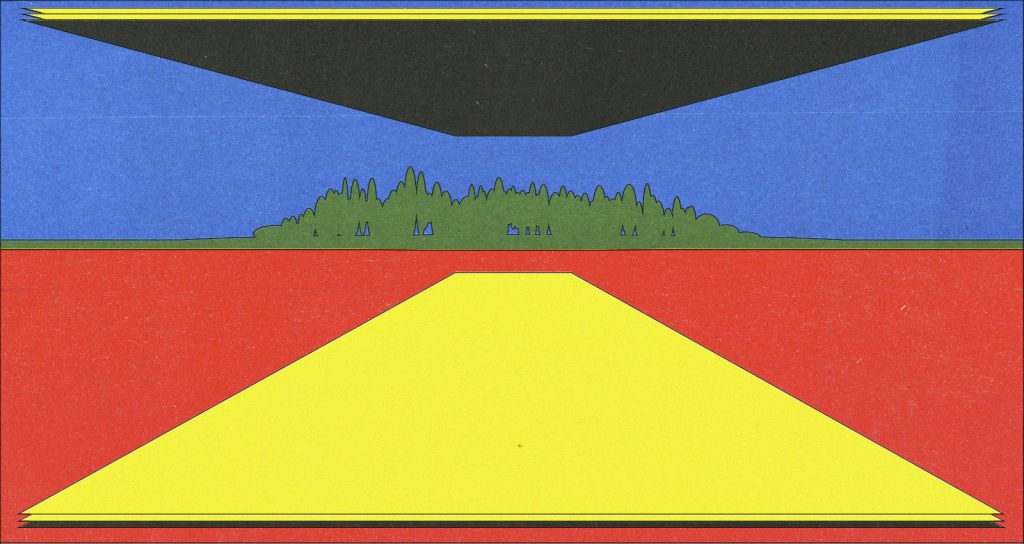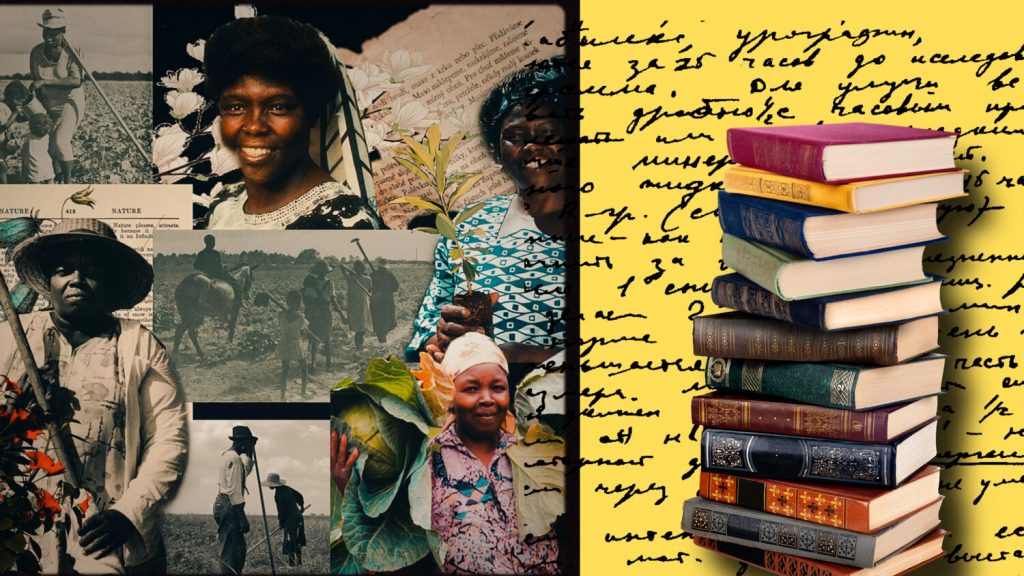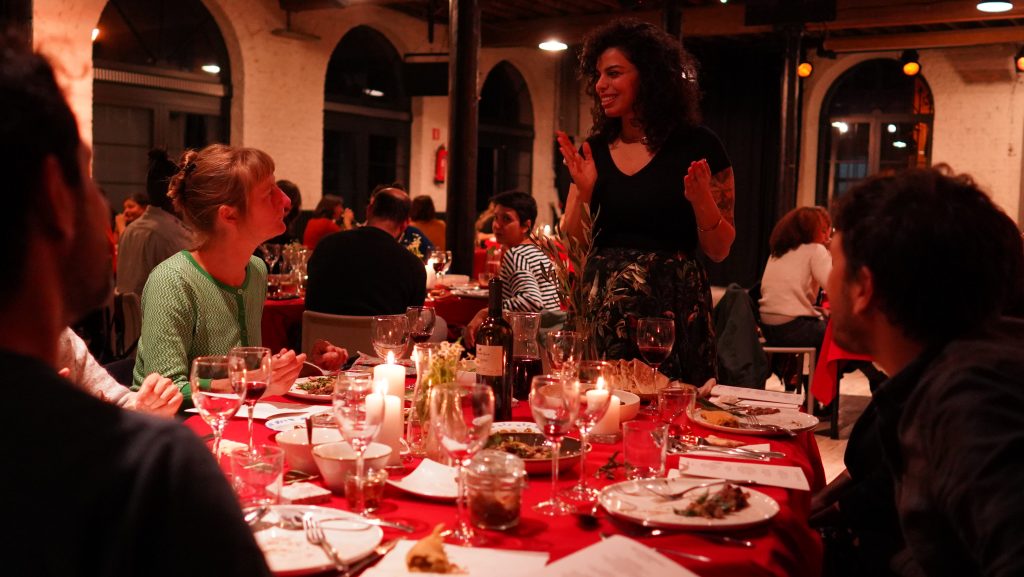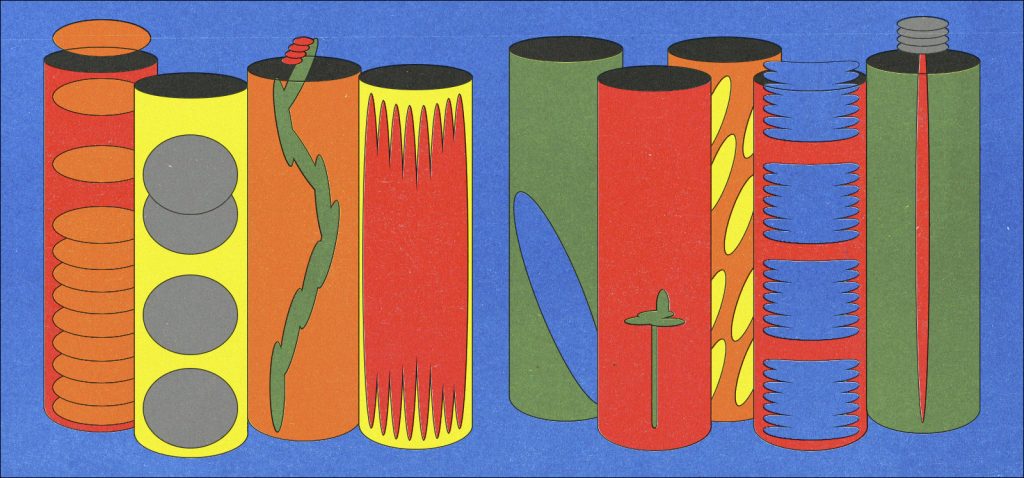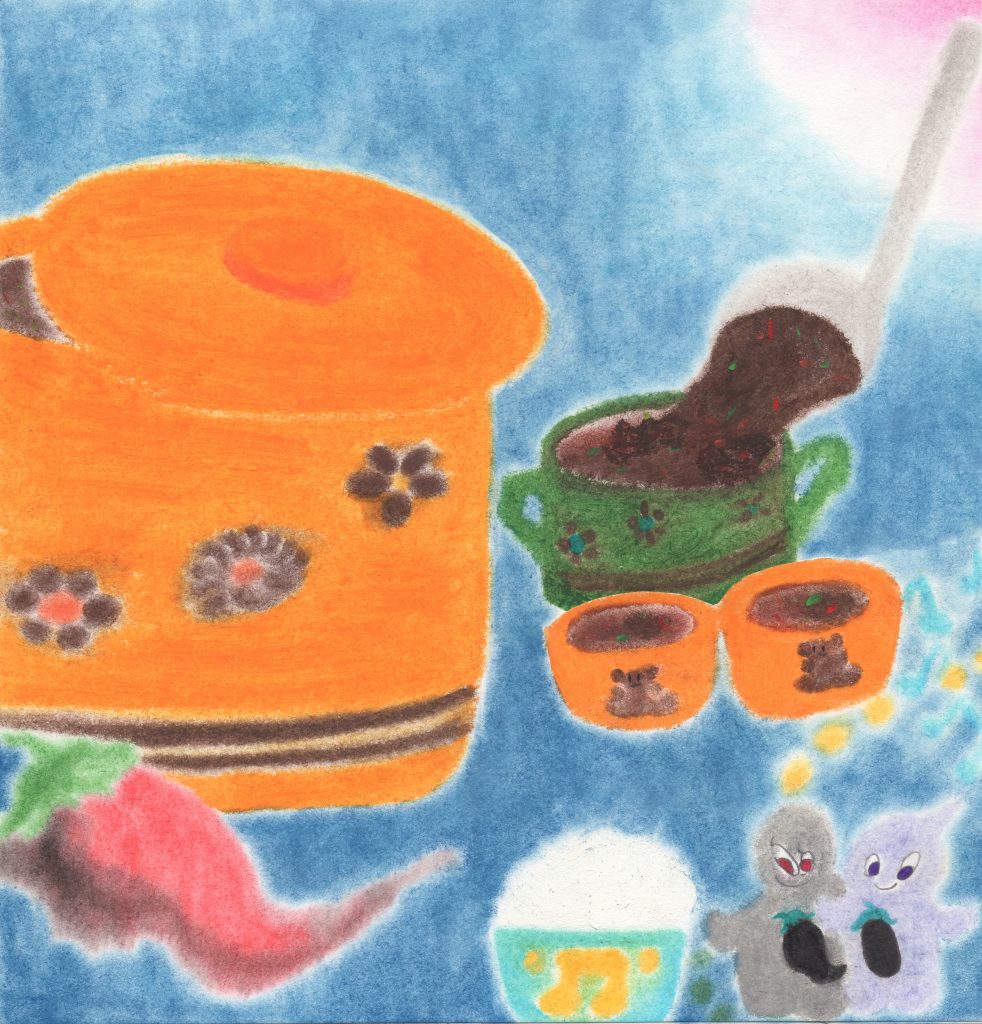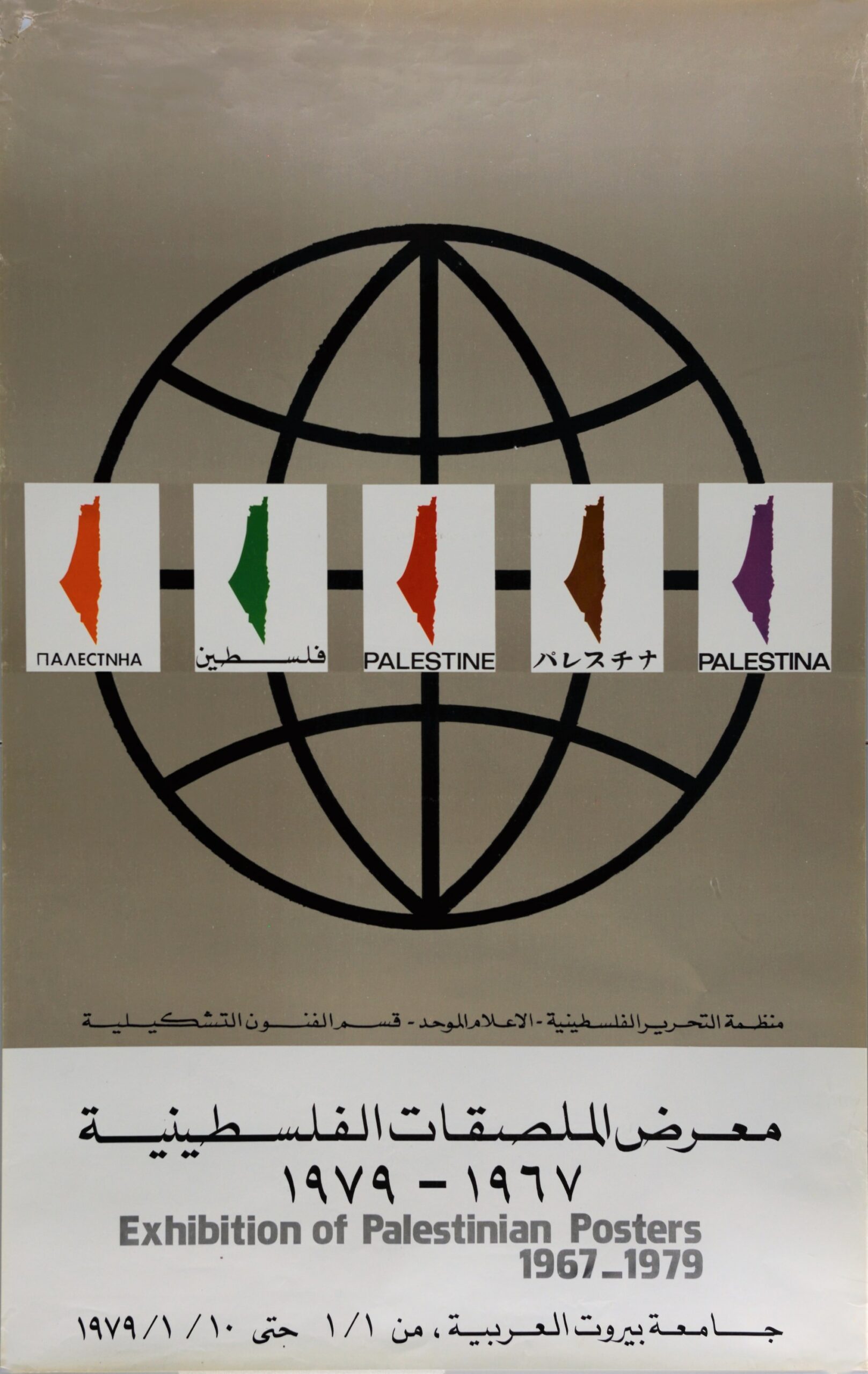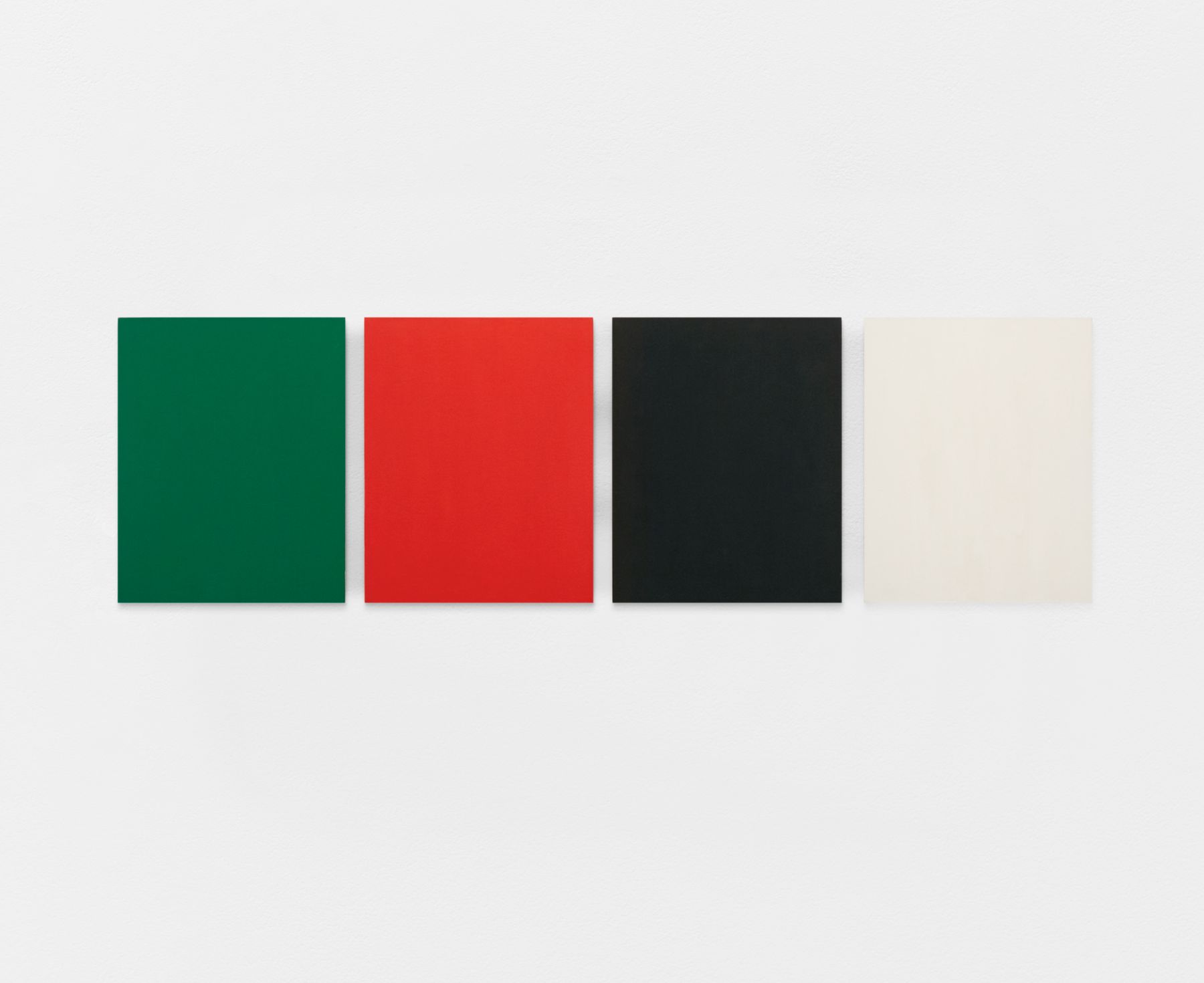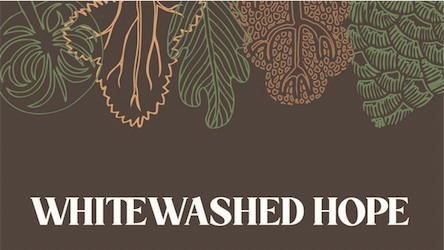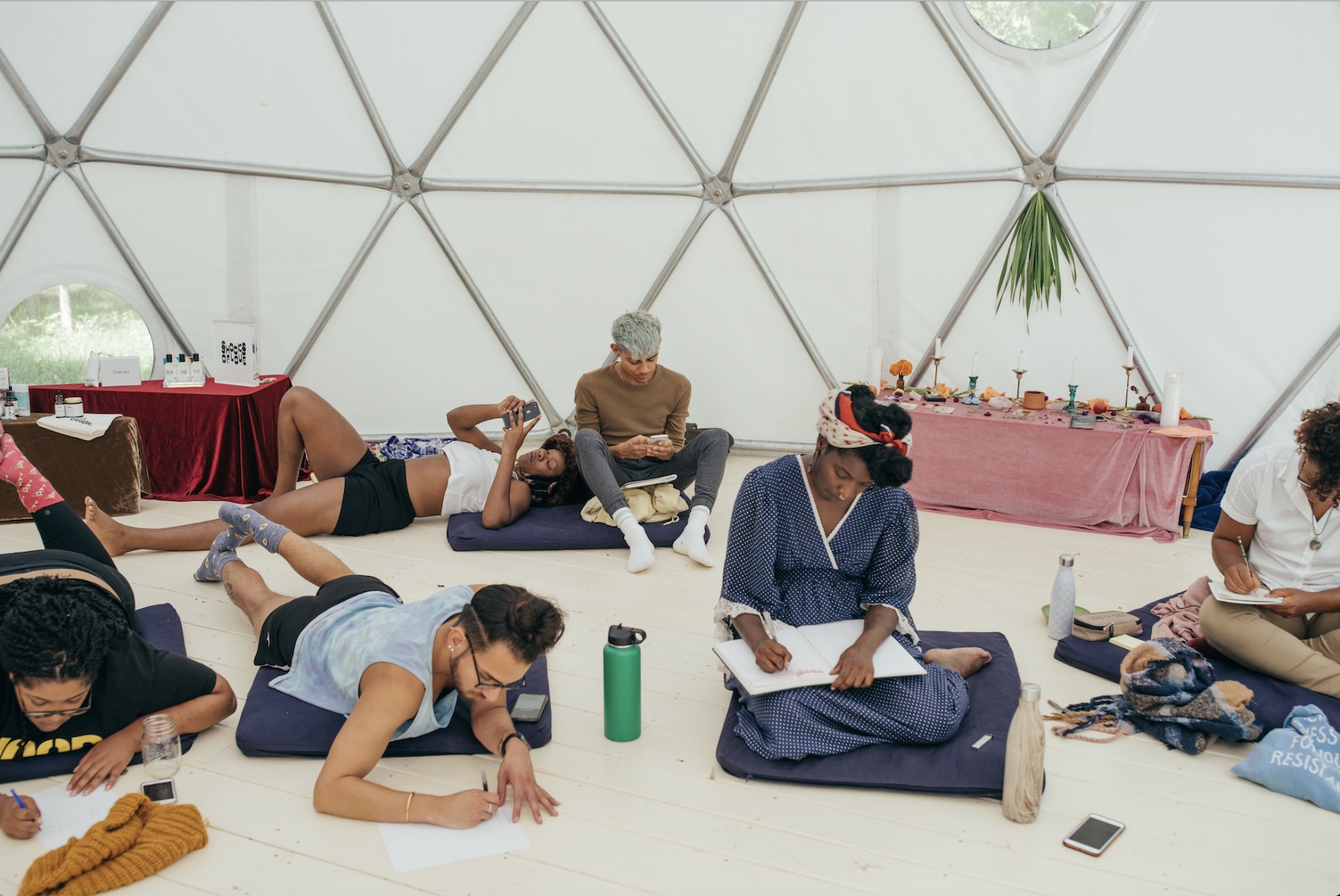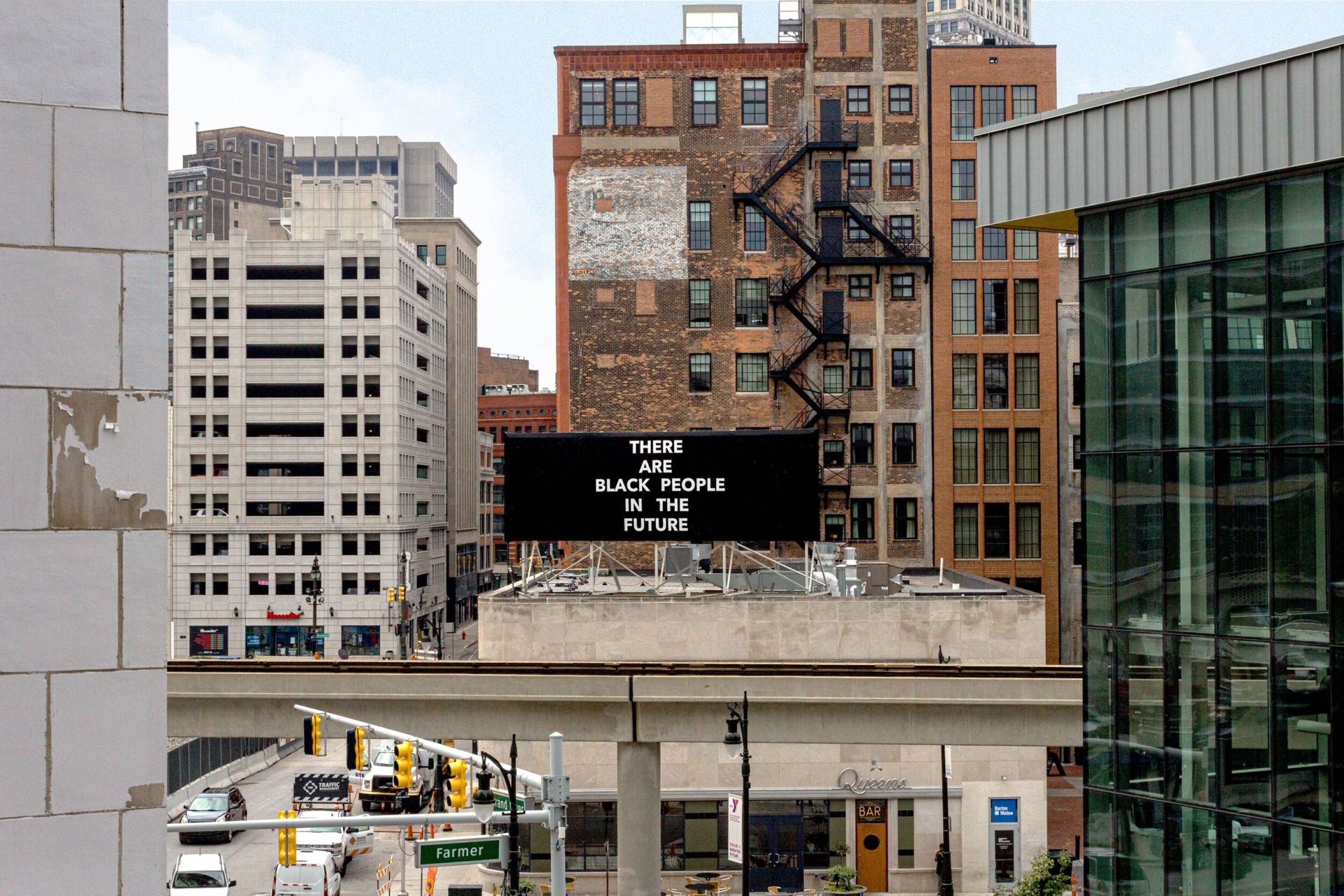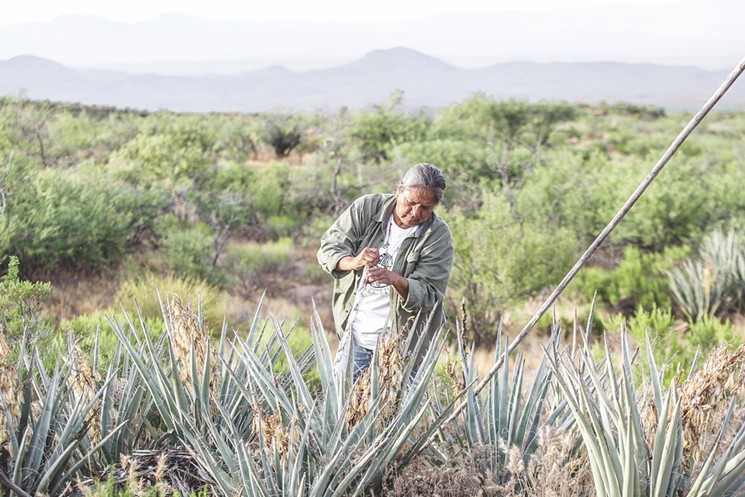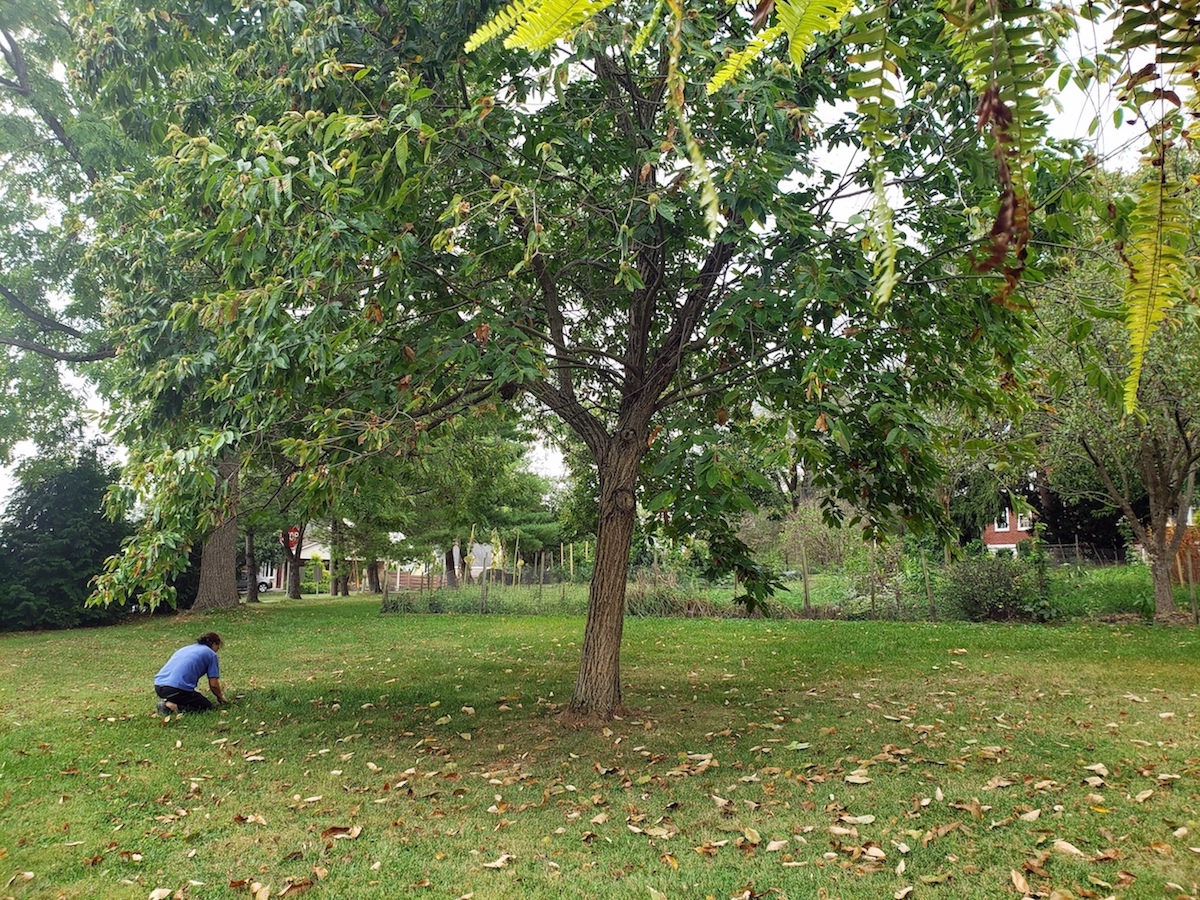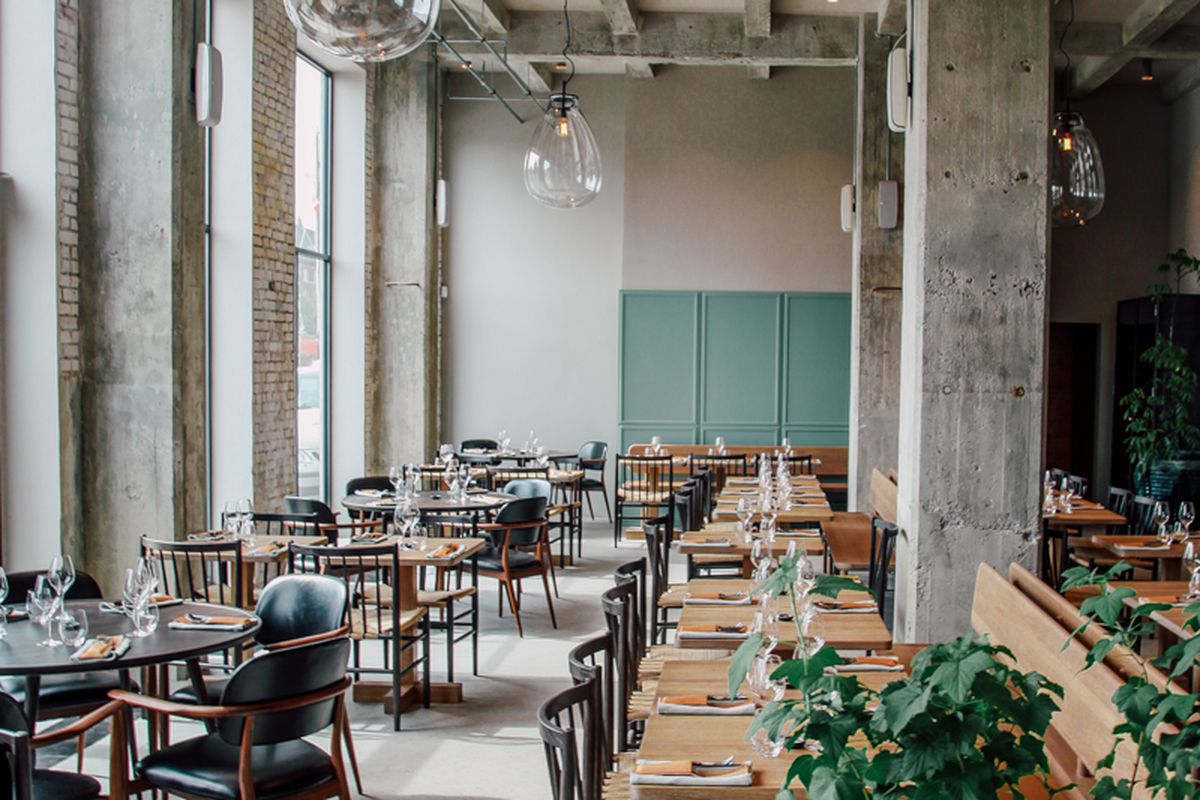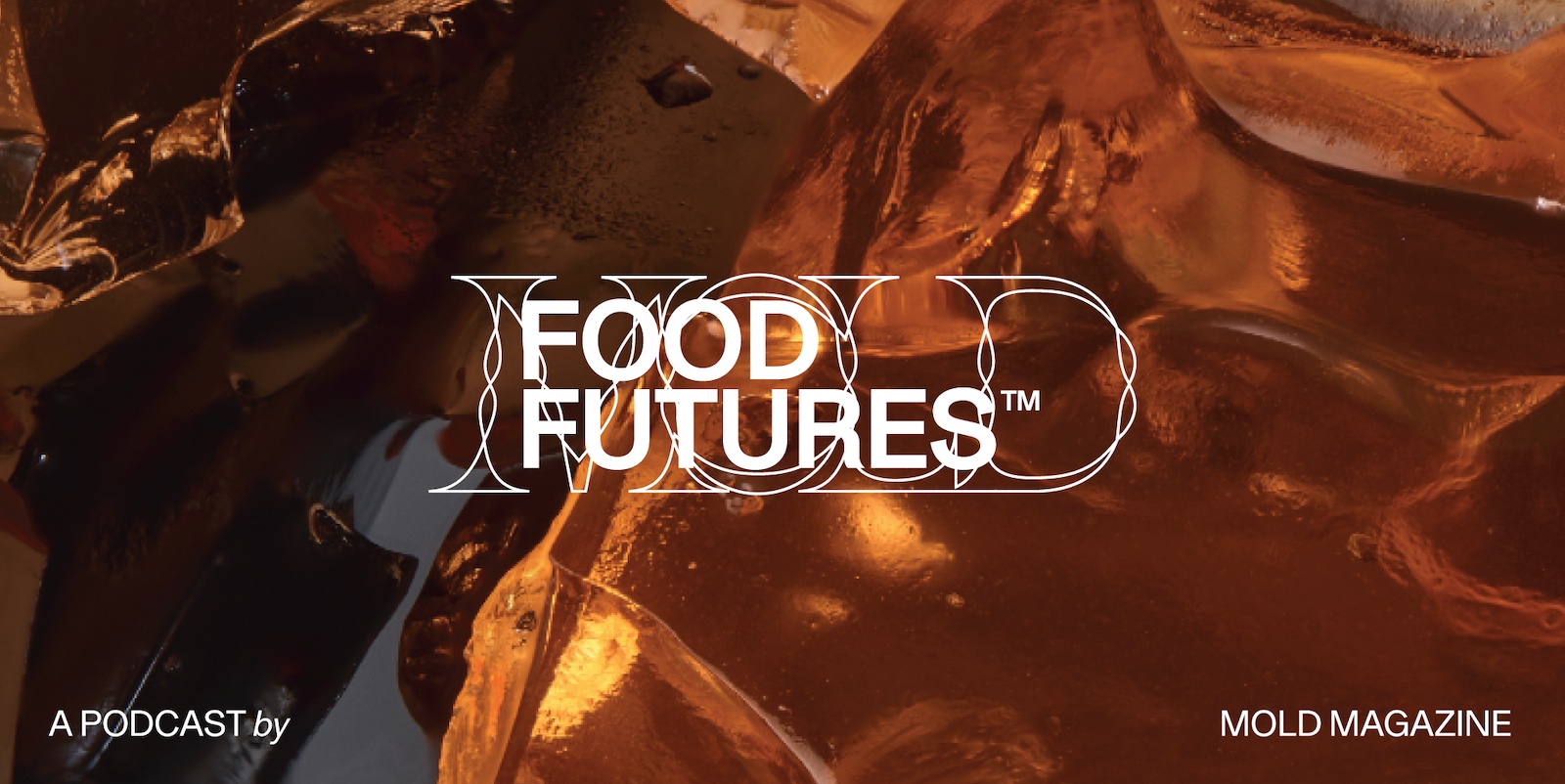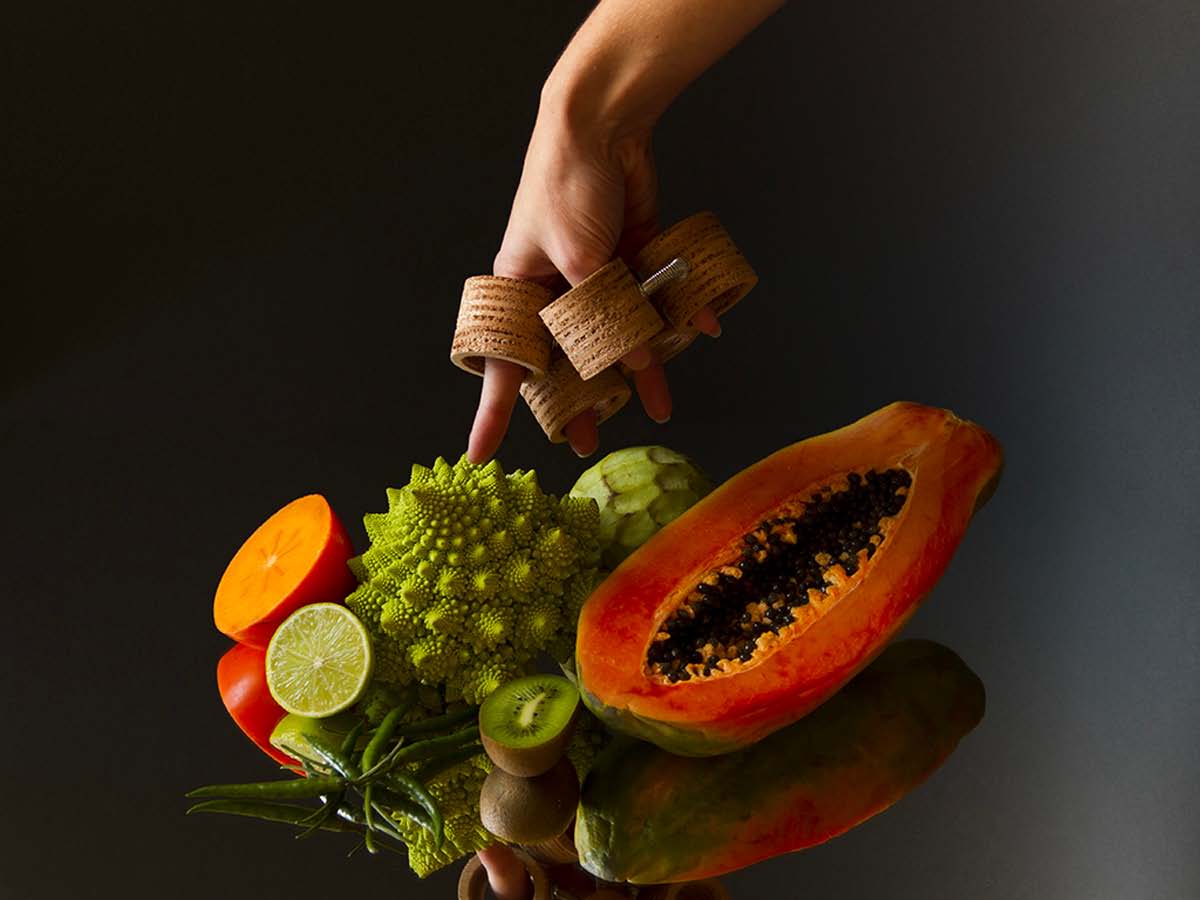Each year presents new opportunities to unlearn past teachings and embrace new ways of knowing. This year we published a number of pieces that underscore the urgent need to decolonize the narratives we tell around design, history and food. As the late bell hooks reminded us, “The function of art is to do more than tell it like it is—it’s to imagine what is possible.”1 We hope that as we move into a new year, we’ll continue to actively imagine those new possibilities together.
- 1. Outlaw Culture: Resisting Representations, 2012
In one of our most-read pieces of the year, Jamie Tyberg, community organizer and degrowth activist, speaks with Lexie Smith, independent researcher, artist and baker, about degrowth as a blueprint for decolonization. The conversation, which touches on the Green Revolution, the Landless Movement, and the Red Deal, explores how agriculture as an extension of our relationship with the land can inform a decolonized future.
Britt Young speaks with Frewenyi Astress, the Washington D.C.-based community organizer and force behind the Instagram account @zerowastehabesha about building an online archive for communal study on Black indigeneity, anti-imperialism, and anti-colonialism. Frewenyi outlines how black ecologies can reframe how people think about environmental movements.
Mirna Bamieh is the artist and chef behind Palestine Hosting Society, an immersive dining experience that weaves together Palestinian recipes, performance, and storytelling in order to combat appropriation and cultural erasure. Her practice, and its use of memory as a medium, provides a way to share culinary knowledge and re-learn histories that have been eroded by settler colonialism. In this interview, the first of our Methods + Provisions series, Mirna talks about the research, rituals and routines that go into her artistic process.
As a part of our Degrowth series, Alyshia Galvez, a cultural anthropologist and author of Eating NAFTA, spoke to Sean Sherman, the chef behind the Sioux Chef, about his work building the Indigenous Food Lab. In this profile, Galvez and Sherman discuss building a food system based on indigenous ways of knowing as well as the possibilities presented by indigenous futures.
In his new book Taste Makers: Seven Immigrant Women Who Revolutionized Food in America, Mayukh Sen recenters the food narrative around the immigrant women instrumental to shaping our modern food landscape. In this interview with contributor Somnath Bhatt, Mayukh dives into what it means to stop pandering to the white gaze when writing about food.
In the fourth installment of the Required Reading series, Jamie Tyberg returns with chef and artist, Nathanael Cox to explore the life and work of George Jackson. Jamie’s analysis of Jackson’s seminal work “Blood in My Eye” is accompanied by a recipe for Spicy Goat Stew concocted by Nathanael in a series that pairs readings of radical texts with speculative recipes. Be sure to pay attention to the footnotes which include gems such as: “Though George Jackson was killed while kept underground, his words and ideas could not be contained within the walls, and continue to influence and inspire revolutionary consciousness even after he is long dead. The described plating suggests flowers rising from soil, which is flavored with the essence of what is hidden underneath. The herbs also offer some brightness to the deeply colored and heavily seasoned stew.”

